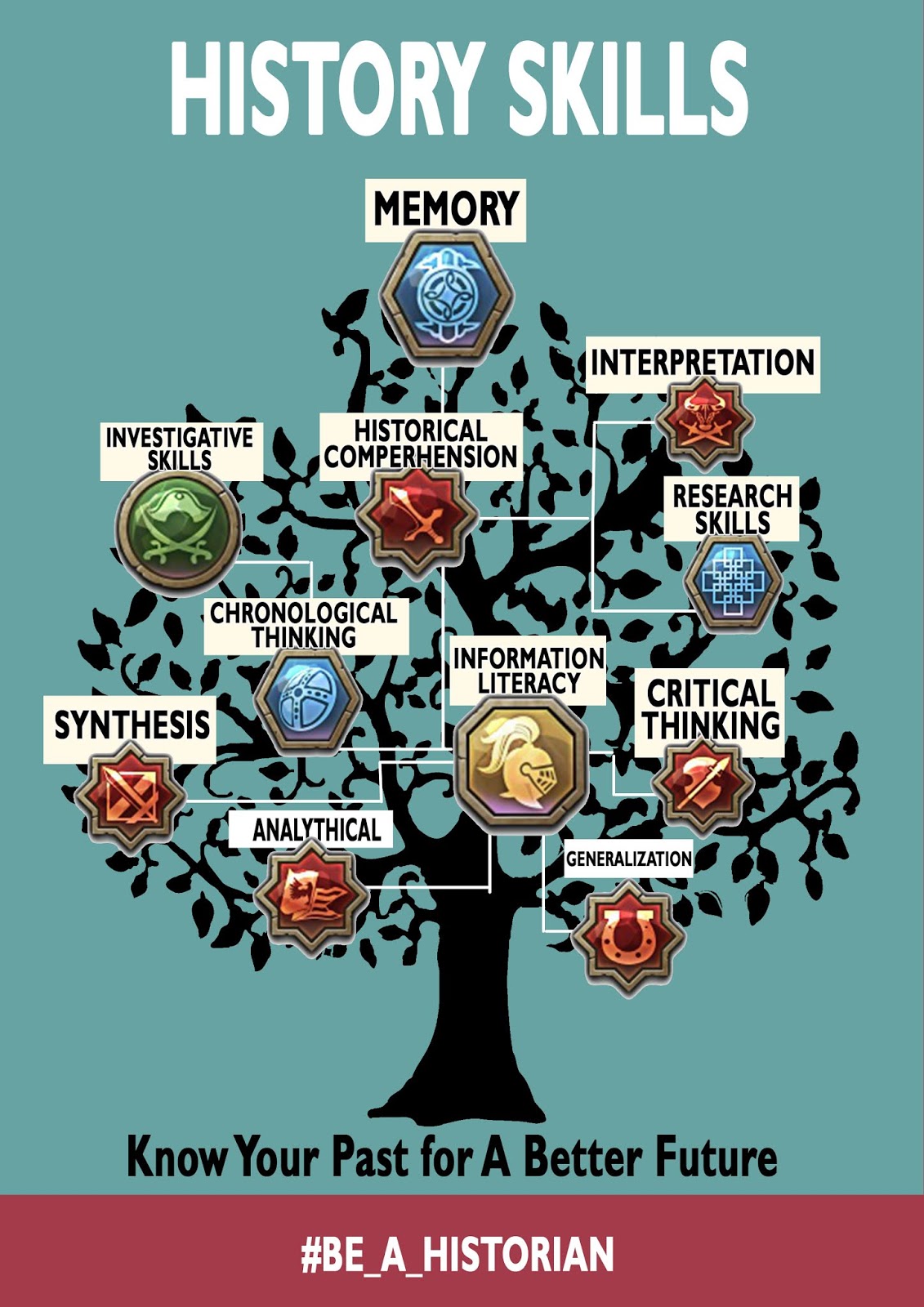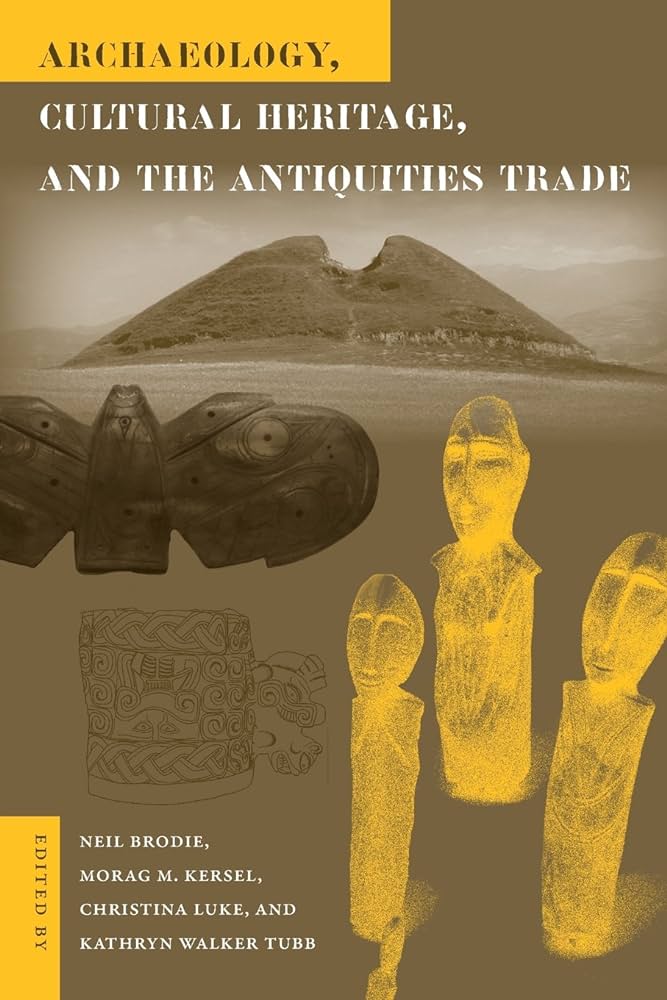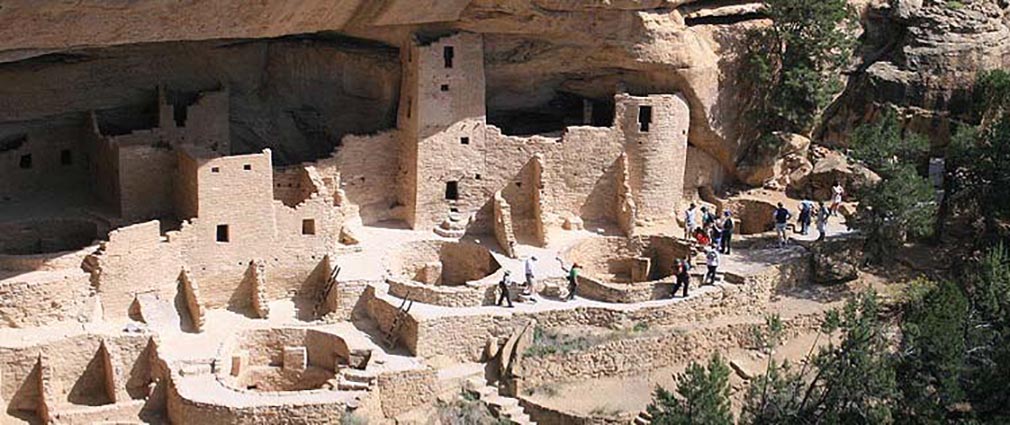Art is a window to history, reflecting the social, cultural, and political movements of the times. Understanding art history provides a deeper appreciation of art, and a better understanding of the world around us. Exploring art through the ages is a journey that takes us from ancient civilizations to modern times, across continents and artistic styles. In this post, we will take you on a journey through art history, exploring some of the major art movements and their significance.
1. Ancient Art (30,000 BCE – 300 CE)
Ancient art includes cave paintings, sculptures, and artifacts from various civilizations such as Egyptian, Greek, and Roman. The art was functional and served a religious, political, or social purpose. The art of ancient Greece and Rome influenced the Renaissance and subsequent art movements. Some of the notable pieces from this period include the Sphinx of Giza, The Colosseum, the Parthenon, and the Venus de Milo.
2. Medieval Art (4th – 14th Century)
Medieval art is characterized by its religious themes and was considered an art form that glorified God. It includes Byzantine, Romanesque, and Gothic styles. The artwork was mostly commissioned by the Church, and it served as a way to educate the illiterate masses about the Bible. Illuminated manuscripts, stained glass windows, and sculptures were the primary forms of expression. Some of the notable pieces from this period include the Book of Kells, Chartres Cathedral, and the Bayeux Tapestry.
3. Renaissance Art (14th – 17th Century)
The Renaissance was a period of enlightenment and rebirth, with a focus on humanism and reason. It saw a return to classical styles, and artists such as Michelangelo, Leonardo da Vinci, and Raphael produced some of the most significant artworks of all time. The art was characterized by perspective, realism, and depth. Some of the notable pieces from this period include the Mona Lisa, the Sistine Chapel ceiling, and The Birth of Venus.
4. Baroque Art (17th – 18th Century)
Baroque art is known for its grandeur, opulence, and emotional appeal. It was mostly commissioned by the Church and monarchies and was characterized by its dramatic compositions, use of light and shadow, and ornate details. Some of the notable pieces from this period include The Ecstasy of St. Theresa, The Night Watch, and The Four Continents.
5. Impressionism (19th Century)
Impressionism was a movement that rejected traditional styles and focused on capturing the fleeting moments of modern life. It was characterized by its use of light and color, loose brushwork, and unconventional perspectives. Artists such as Claude Monet and Edgar Degas produced some of the most significant works of this period. Some of the notable pieces from this period include Water Lilies, Impression – Sunrise, and Ballet Rehearsal.
6. Modern Art (20th Century)
Modern art rejected traditional styles and was characterized by its emphasis on individual expression and experimentation. It includes movements such as Cubism, Expressionism, Surrealism, and Pop Art. Artists such as Pablo Picasso, Salvador Dali, and Andy Warhol produced some of the most significant works of this period. Some of the notable pieces from this period include Guernica, The Persistence of Memory, and Campbell’s Soup Cans.
In conclusion, exploring art through the ages is a journey that takes us on a cultural and historical adventure. Each period of art has something unique to offer, and understanding the cultural and historical context enriches our experience of art. Art is a universal language that connects us all, and by exploring it, we learn more about ourselves and the world we live in.











